How Waste Affects Our Lives
How much waste do you throw out day by day? It’s probably quite a lot, isn’t it? Especially if you’ve got more than one or two people living with you!
How much waste do you throw out day by day? It’s probably quite a lot, isn’t it? Especially if you’ve got more than one or two people living with you! And it’s because of this seemingly unstoppable tide of waste that we’ve all started to think a lot more about the climate around us.
More and more people are looking to live a zero waste lifestyle, simply because of how much damage household waste can do to both ourselves and the environment around us. And because of this fact, it’s a good idea to delve a little more into the details; why is waste such a dangerous concept? And if left unchecked, how would it change our lives?
Contaminates Our Air
Some waste we chuck out puts gases and all other kinds of particles into the air. Even just leaving the trash for longer than a day causes it to smell worse than anything else in the house, so just imagine what’s really whirling around your head!
Plus, the more waste we have, the worse the local pollution is going to be - it leads to mismanagement, and if you’ve got a lot of other responsibilities on your plate, you’re probably going to forget to take that bag of junk out to be taken away.
So, there could be some toxic substances lingering in the air; rotting food, for example, can release a lot of methane, which is one of the worst greenhouse gases currently affecting our climate.
Contaminates Our Water
Water pollution is rampant; runoff from fields, sewage, oil, and of course, plastic. About 12.7 million tonnes of plastic is dumped into water around the world every year, mostly into oceans, which harms both marine and ground animal life. However, taking pollution out of the water is not a lost cause, and you can easily give up plastic in your own household too.
Indeed, many companies out there make use of an OWS System, to refine wastewater into water that can be released into sewers and other non-usable water supplies. It’s much better to put it back out there, with as few chemicals and toxic substances in it as possible, than just releasing it as is. And being able to implement such a system isn’t hard either, as more and more companies are taking up the mantle.
Contaminates Our Soil
And finally, waste amounts lead to contamination of the earth around us as well, namely, the soil in our gardens and under our houses. Soil gets the worst of waste contamination, simply because it absorbs everything, and it’s everywhere!
Now, maybe you find it hard to get your vegetable garden going during the spring? It could be because the soil is damaged. Dealing with contaminated soil can be done via flushing it, burning, or using bugs such as worms.
So, waste affects our lives in many ways. Make sure you’re aware of how it can ruin these three essential parts of the earth around us.
Sustainable Y/Project
A brand already lauded for its inversion of gender norms, Y/Project is now making the revolutionary shift towards more sustainable products.
The cancellation of the Paris Spring/Summer 2021 menswear shows has not stopped the Parisian high-fashion label Y/Project from continuing to innovate. A brand already lauded for its inversion of gender norms, Y/Project is now making the revolutionary shift towards more sustainable products. Y/Project’s “Evergreen Collection” is a recreation of its most famous looks, each of them constructed entirely of environmentally-friendly materials such as organic and recycled fabrics. Additionally, the brand plans to use a percentage of the collection’s proceeds for ecological philanthropy.
Moving forward, the Evergreen collection will be sold each season with new pieces added monthly. The eco-friendly ensemble has already been featured in Y/Project’s SS21 collection overall, and it will be sold in stores and on the brand’s website later this year. The mastermind behind these changes is none other than Y/Project creative director Glenn Martens, who has been revitalizing the brand since 2013. His eccentric deconstructions of masculinity and femininity in his works have earned Y/Project a multitude of accolades, including the coveted 2017 ANDAM Grand Prize. Now he has expanded his horizons toward sustainability, declaring, “We have the luxury of time to think, which entitles us a responsibility. Y/Project wants to take part in the change, building a better future.”
Photo credit: https://www.yproject.fr/page/about
Report: Nia Hunt
The Re-Opening of Thrift Stores
As many shops and restaurants begin the process of re-opening in light of COVID-19, one corner of the fashion industry facing unique concerns is resale shops. Thrift stores are facing overwhelming amounts of donations, and underwhelming amounts of customers.
As many shops and restaurants begin the process of re-opening in light of COVID-19, one corner of the fashion industry facing unique concerns is resale shops. A main anxiety is the overwhelming amount of donations being received as charity shops re-open. Not only have these stores been closed for the past 2-3 months, leading to a surplus in donations, but many people took their extra time being in quarantine as an opportunity to do some deep spring cleaning—leading to even more spring donations than usual.
The nature of donating to thrift shops is also a concern. How does one safely sort through the personal belongings of complete strangers amidst a pandemic? How do shoppers safely browse these selections? Some stores have taken to requesting that those wishing to make donations schedule appointments ahead of time, while others are suspending donations for the time being until merchandise can be cleared or sold from the sales floor.
One other remaining concern is the fact that while supply appears to be surging, demand isn’t necessarily doing the same. Although COVID-19 restrictions are being lifted slowly but surely, people are still hesitant to go out unless absolutely necessary. This leaves many thrift shops with significantly less customers, and therefore significantly less sales. So, while donations are pouring in, merchandise is being sold at a much slower pace.
The struggles of resale shops are important to note for the fashion industry. Thrift businesses bring in an estimated $18 billion in revenue each year and contribute in enormous ways to promoting sustainability in an otherwise largely unsustainable industry. The resale of items in thrift stores prevents them from entering landfills and prevents buyers from buying unnecessary new items. Additionally, thrift businesses provide employment to thousands. It’s important now more than ever to support resale businesses and make smart, thoughtful donations in order to help the environment and the economy.
Report: Grace Carlos
Green House - The New Fashion House
How Sustainability will become the focus of many brands - and it should be - but will it cost the consumer?
via Pinterest
Perhaps using the word “Sustainability” has been a kind gesture or nod to the fashion industry for progressive attempts to lessen the damage it causes on the environment - however, if we’re going to be transparent about it, our beloved industry is responsible for nearly 35% of the microplastic flows into the ocean and outweighs the carbon footprint of international flights and shopping combined
42 percent of millennials say they want to know what goes into products and how they are made before they buy, according to The Business of Fashion and McKinsey & Company’s annual State of Fashion report.
But longer-term, the trend raises a central tension for many brands: in an era of growing consciousness and concern about the strain mass consumption is placing on the planet and its resources, can brands really be sustainable and continue to grow at the same time?
By definition - Sustainability :
the ability to be maintained at a certain rate or level.
"the sustainability of economic growth"
avoidance of the depletion of natural resources in order to maintain an ecological balance."the pursuit of global environmental sustainability"
According to dictionary.com
It's the ecological balance of the fashion world that has the new generation of “fashionistas” up in arms about how we consume fashion and how we produce it.
The understanding of sustainable fashion often begins with how materials are sourced, who’s being employed to work in the factories, how are they being compensated, how often we consume products, and how can we lessen the footprint (pollution) of fashion in the world.
Let’s break this down into three questions:
What Is Sustainable Fashion? Who Does It affect? Will It Cost Companies To Change?
Understanding Sustainable Fashion
- Consideration and adaptation to environmental and socio-economic standards when
creating a product. This includes all stages of the product's life, from the creation of the design to the final sale and ultimate use.
- Environmental factors: conserving natural resources, recycling, and using
renewable energy sources
- Socio-economic factors: workers conditions and rights - Intended for long term use - clothes made sustainably from naturally occurring fibers last
longer than clothes made from cheap synthetic materials. The longer the clothes last, the less clothes that end up in the landfill and the less clothing being produced in the long run.
Who Does Sustainable Fashion Affect
- Workforce: impacts the workers throughout the supply chain: Sustainable fashion focuses on minimizing the use of “sweatshops” within the fashion industry. This means improving working conditions and offering fair wages for all workers starting at the bottom on up.
- Consumer: naturally the consumer receives a higher grade quality of product, however, that same consumer will also pay a higher price to obtain a more “earth friendly” product.
What is the Cost of Producing Sustainable Fashion
- Sustainable fashion faces higher costs in almost every aspect of the supply chain as
opposed to their non-economically conscious competitors.
- Fabrics made from natural resources cost more than those made of synthetic materials.
They have to be farmed sustainably - and that means fair wages and environmentally friendly methods.
- Paying all workers fair wages significantly raises the cost of production. Also, because
the clothes are made to last, more time is put into making each garment and less products are made per payable hour.
- Sustainable fashion brands often buy in small quantities to avoid waste and because of
their smaller customer base. This is more expensive than buying in bulk in two ways: (1) manufacturers often give discounts to companies buying in bulk and (2) shipping costs are higher when multiple small orders are made instead of just one large one.
With the current COVID -19 crisis management cycles in motion for various industry - the one topic on everyone's “List Of Do’s” is to create a plan of execution to bounce back - and that begins with the message of “Conscientious Business” - companies are aware that they not only have to speak to what's happening, but they have to speak to the future - and that can be difficult when the future is clouded by financial lost and potential increase in debt with no real cash flow currently.
Despite Sustainability being an actual concern and legitimate focus, companies will and have simply “lip serviced” this necessary shift in toward more conscious fashion.
Companies speaking about the change and promising change can be seen as a marketing tool - or PR move to maintain their consumer, and intently grasp new patrons. Either way, the cause is acknowledged, but so much more has to be done, and the hope is, it will be done.
As we slowly maneuver toward a NEW NORM, it's our hope that we will see a lot of the changes promised by the fashion world.
Everlane: A Story About Unionization During a Pandemic
What happens when unionization occurs during a pandemic?
In a fashion revolution where ethics and sustainability have become a trend, consumers must be wary of which brands falsely claim these terms. But that wasn’t the case for Everlane—the clothing brand that proudly promises on their website “Radical Transparency” by working only with ethical factories. How did it manage, then, to get into a scandal of unethical labor practices?
Amid the COVID-19 pandemic, many clothing brands have had to make hard decisions, many of which involve the laying off of workers. But with Everlane this involved firing, on March 27th, a sector of part-time customer service employees that had just recently unionized. This has confounded the reason for these employees’ firings, with many media outlets attacking the brand for its false commitment to ethical fashion. I have witnessed the scandal’s impact on the brand’s image by reading the comments on an Everlane sponsored video that attacked the Youtube creator for collaborating with a brand that has used the pandemic to union-bust.
Claims that Everlane had engaged in mitigation of unionization efforts before the pandemic are true. As Fashionista reports, the brand sent an email in December in response to the forming of the Everlane Union. The email denoted unions as negative entities that reduce transparency. Therefore, it comes to no surprise that these CX employees attribute their layoffs to their March petition for recognition of the union, and not to the pandemic. Everlane has publicly denied this.
Business in times when demand for clothing is low is undoubtedly hard, and Everlane has felt immense losses because of this pandemic. But it is incredibly worrisome that the pandemic could also be taken advantage of by firing people to ultimately prevent unionization. The details from both sides remain murky. I just hope that a company that fights for fair working conditions does not contradict itself where the rest of its employees are concerned.
Photo credits: Everlane Union GoFundMe and Everlane
Report: Jonara Jiménez
Designers Making A Splash In Sustainable Fashion
Sustainable is challenging the means of fast fashion. Sustainable brands are not standing by the negative impacts cause by the fashion industry, instead they stand and fight for the positive changes for the environment and people throughout the entire production and supply chain.
Sustainability is a slowly but surely a trend to stay in fashion. To be sustainable in fashion, brands and designers take a look in the human rights, supply chain, production, and how the aftermath affects the environment. Many brands look for ethically sourced fabrics, environmental benefits, and the regenerative properties of fibers and fabrics. Sustainable fashion takes a jab at fast fashion, promoting the longevity of clothes instead of cheaply making clothes for the current hot trends. Sustainability takes part in all aspects of the brand to the consumer.
Stella McCartney: Brand and designer, Stella McCartney is a pioneer in high end sustainable luxury fashion. Materials the label uses include organic cotton, ethically sourced wool, and recycled textiles/ fabrics. The brand’s 4 main pillar of sustainability includes: Respect for nature: ethically sourced materials and using as many sustainable materials as possible. Respect for people: ensures a positive impact on people involved in the production and supply chain. Respect for animals: promotes cruelty free methods and treats animals and their homes with respect. Circular solutions: using restorative production methods to create new products.
CHNGE: CHNGE is ethically produced, using sustainable fabrics, and produces carbon neutral clothing. The brand sells colorful t-shirts with impactful messages on current issues. On their website, they mention factories they work with and where they are located. Their tees are made with 100% organic cotton, and they listed the environmental benefits of their production.
Kotn: Kotn centers around essential clothes made from Egyptian cotton. Kotn provides all information regarding their ultra soft products on their website, including where it was sourced and made. After years of fast fashion and cheaper alternative to cotton, Egyptian cotton was on a decline. Grown only in the Nile Delta, the cotton is finer, softerm and more breathable than the alternatives. As Kotn came to be, they made it a point to work with the farmers and factory workers to create a respectable environment for all. Kotn also believes in traceability, where the customer can see the process of creation.
Reformation: Reformation clothes are effortlessly chic and modern, made for the on the go women. Reformation designs include silhouettes that celebrate the feminine figure, using beautiful and sustainable fabrics. The brand had created their own standards of fibers and fabrics, taking in consideration of water input, energy input, land use, eco- toxicity, greenhouse gas emission, human rights, availability and price. Some of their products are made from recycled fabrics, such as cashmere and cotton, organic cotton, ECONYL regenerated nylon, linen, and such much more.
Eileen Fisher: Eileen Fisher is another pioneer introducing sustainable fashion way back when. Amy Hall, VP of Eileen Fisher introduced the idea of “Social Consciousness” as a department. It’s role was to raise awareness about 3 fundamental values: Practice business responsible with regards for human rights Guiding products and practice towards sustaining the environment Supporting women to be full participants in society. The Social Consciousness department was designed to target negative impacts and make positive change. To do so, they take into consideration material, chemistry, carbon, and water involved in the creation of the products.
Report: Katie Mok
Sustainable fashion : Reuse - Recycle - Reimagine - What is sustainable fashion?
Fashion is one of the most polluting industries in the world and will only continue to increase.
Fashion is one of the most polluting industries in the world and will only continue to increase. When consumers online shop and add items to their cart, the only thought in their mind is the excitement for when the package will come in and tracking the order as soon as possible. When pressing confirm order, what some don’t understand is that workers will undergo awful conditions to make sure every customer receives their items. There is little knowledge that people know about how sustainable the production of our everyday clothes, accessories, and shoes are made.
Too many companies either overproduce and sell too much of the same product when trends come and go every season, which eventually reside in landfills. They don’t understand the impact that they are creating on supply chains. Some brands have started to make clothes more biodegradable but for those who don’t, these clothes that don’t break down as easily sit in piles of millions of other clothes. H&M is now sharing publicly the country in which production is taking place, the number of workers that are in the factory, the names of these factories and addresses, as well as where the garments from their company are made.
Rent the Runway is helping tackle this issue. This ‘Designer Rental Subscription’ sounds strange at first, but it is a rental store and site in which you can actually rent designer dresses, shoes, shirts, accessories and anything you can think of for 4-7 days. Patagonia, claimed as the “Gucci of outdoor wear” preaches an anti-fashion environmental message. Patagonia has taken over 90 million bottles from these landfills. From their one billion dollars in revenue each year, they use a percentage of these sales to donate towards the “earth tax.” There are companies that; don’t exploit children laborers in factories, increase their quality in clothing by not destroying the environment and have created products to last season after season. There is a higher price tag when you buy, but saving money towards this is not only worth it in the long run for you, but is a small step towards the environment.
(Photo Source: Businessoffashion.com, nytimes.com, Forbes.com)
Report: Pamela Valdez
Virtual Fashion in a Pandemic
Mandatory social distancing naturally limits engagement with fashion products to online spaces, but the dilemma faced by retailers and consumers is more complex than it appears.
The coronavirus and the consequential quarantine measures have significantly impacted industries worldwide, and the fashion world is no exception. Mandatory social distancing naturally limits engagement with fashion products to online spaces, but the dilemma faced by retailers and consumers is more complex than it appears. Smaller fashion labels share the fear of their businesses not surviving the pandemic. While online shopping has not completely halted, established name-brands receive the bulk of profits while lesser-known companies struggle to retain financial stability.
Fashion businesses have attempted to combat the decline in revenue by offering discounts on their products. Online clothing stores’ coupons come in the form of codes, many of them aptly named such things as “STAYHEALTHY” and “STAYHOME15”. The imperativeness of supporting smaller fashion businesses cannot be overstated, especially those donating a percentage of their proceeds to various charities. For example, street fashion label John Elliott is donating $10,000 as well as 10% of their sales to the UCLA Health Fund to aid the medical personnel working endlessly during this pandemic. Footwear label Mia Becar takes the much more direct approach of donating all proceeds to the California Community Foundation COVID-19 L.A. Response Fund. The shopping habits of consumers seems even more uncertain, with the current suspension of wages and fashion tastes possibly changing due to a number of factors.
Mainstream fashion was already becoming more minimalistic, so working from home would only further encourage a daily casual manner of dress. As proof, online sales of tracksuits have skyrocketed in the US and UK since January. On the other hand, the overexposure of casual wear may leave some longing to dress formally once more. Fortunately, consumers have less costly options to remain connected with the fashion industry. Countless online magazines and blogs still update regularly, and there are fashion documentaries available on cable and streaming services. In fact, consumers can even learn how to craft their own fashions. Online tutorials are widely accessible, and companies sell fabric and crochet materials for affordable prices. Historical events have always influenced fashion trends, even spawning new generations of designers.
Report: Nia Hunt
Fast Fashion: The Trend That Has Overtaken The Retail World
Fast Fashion Affects the Environment More Than You'd Think, So Here Are Some Tips For Making Your Clothes Last
Fast fashion is a term used to describe retailers who quickly produce inexpensive clothing to keep up with the runway’s latest trends. In theory, this process sounds flawless. You get to have the trendiest clothes as soon as styles come off the runway, without paying designer prices. Buying clothing from these stores is convenient, but it does come at a price. Fast fashion negatively impacts the environment in many ways, including carbon emissions, drying up water sources, and polluting rivers and streams. Also, according to business insider, “85% of all textiles go to the dump each year, and washing some types of clothes sends thousands of bits of plastic into the ocean.” Trends also change so quickly that consumers are buying more clothing than ever before, but only keeping the items for half as long. These kind of stores have taken over the fashion industry, making it almost impossible to buy affordable clothing from anywhere else.
That being said, you can help make a difference by taking steps to make your clothing last longer. One step to keep your clothes in their best condition is to keep them away from dust, heat, moisture, and light. This means storing them in your closet, and not in an attic or basement. You can also prolong your clothing by maintaining your closet’s cleanliness and keeping it free of dust. Another helpful, and probably the hardest step to abide by is to hang your clothing up carefully after taking it off instead of just tossing it on the floor. The final step is to get a little more wear out of your clothing before tossing it in the washing machine, as they can be quite damaging to the textiles used in producing these clothes. Fast fashion is a trend that has overtaken the retail world, but taking these steps to lengthen the lifespan of your clothing can help make a difference.
Report: Libby Ayers
Carley Rose the Label: Meet the woman behind this sustainable label
Conforming isn't apart of Carley Rose's agenda, find out why!
Q & A: Carley Rose the Label
Name: Carley Rose Wolski
Age: 23
Occupation: Fashion Designer
Location: Central Coast NSW
We had the chance to pick the brain of Carley Rose, owner/designer of Carley Rose the Label. In a world were conforming is taking the lead, Carley Rose stays true to herself and authentic designs. A soon-to-be graduate from Raffles College of Design and Commerce in March of this year with a Bachelor of Design, Carley Rose excited to watch her brand take off. In the midst of her designing, she looks forward to a more simplistic lifestyle with her husband, in cute house on a little land providing a fruit & vegetable garden. Along with a special dye garden for fabrics and garments. Read the rest of Carley Rose's interview below:
How did you conceptualize your blog and brand? What is your creative process?
My brand is really an extension of my own passions and style, which I would say is a very laid back, chilled out bohemian style, with a sense of respect towards the environment. It’s responsible fashion that makes you think about where it has come from, each step of the way.
My creative process involves a lot of inspiration gathering where I collect drawings, photos, books, music, magazines, go for walks in unusual places, anything that gets the sparks flying. Once I’ve gathered my material I start sketching, I like using lots of different mediums and that helps me think outside of the box too. The designing process needs more than simply sketching though, it also involves finding different fabrics and touching them, sewing them in weird ways just to see what you can achieve. My latest obsession is natural dyeing which you can see in my graduate collection GRADATION, where I used vegetables such as cabbage and onions to dye the pieces the colors they are today. Each of those fabrics were white when I bought them, and it fascinates me that I can take natural, compostable resources and create these beautiful colors without the pollution that comes from many other dyeing processes used in industry. That changes how I design dramatically because now I’m designing around that process and the results are sometimes surprising but always wonderful.
Growing up, where did you look for inspiration? Who or what inspires you now?
It’s funny to think about being ‘inspired’ as a child, I feel like the whole world is amazing at that age and you are learning so much each day. I found my Nanna pretty inspiring, I wanted to be able to do what she did every day which was mostly knitting, gardening, making jam and sewing. I’m an old lady at heart, I still want to just do those things in my free time. I always loved the idea of making everything yourself from scratch, for a while there you stopped seeing that kind of resourcefulness but I think it’s starting to come around again.
Today, I am inspired by a lot of things, my Nanna is still up there too. Specifically to my design work I would say nature inspires me most. That’s a broad subject matter but that just means there is so much to explore. I love snorkelling and looking at underwater photography for shape, color and texture references. Looking at different plants and their structure for interesting shapes, or the pattern in a birds feathers, it can all help spark ideas and it’s just so limitless.
I’m not the type of designer who looks at what other designers are doing to get inspiration, however in saying that I’ve got to say Vivienne Westwood is at the top of my Inspiring People List, particularly because of her attitudes about fashion and sustainability.
When was the moment you realized your craft was more than just a hobby?
I used to make a lot of jewelry and when I was about 17 and discovered Etsy I thought I’d have a go at selling online. The minute someone actually bought something, actually paid me for something I’d made with my own two hands was euphoric. I never wanted to lose that feeling.
If there was one fashion house you could work with who would it be and why?
I feel privileged to say that I have already had the opportunity to work along side one of my favourite labels as an intern, and that is Romance Was Born. I love them more now after interning with them than I did before, just seeing the passion they have for the artists and artworks they incorporate into their designs. There is a whole collaboration process that you don’t see in many other labels, that was really cool to see. If I could work with anyone else I’d like to work for an ethical and sustainable fashion house, perhaps for someone like Rachael Cassar.
Anything we should look forward to in your upcoming collection?
I’m working on a couple of made-to-order bridal gowns at the moment so the next collection is on hold for now, however I’m planning on using more natural dyeing techniques on some really chilled-out silhouettes.
What is one closet item that you feel is absolutely necessary?
I’ve always got a good pair of black leather ankle boots which through the colder months (and as much of the hotter months as is comfortable) I wear just about every day. They’re great because they go with almost everything, they’re comfortable, they’re good work shoes for someone who is on their feet all the time, they last well and can be resoled as needed. I’m all about making things last as long as possible and buying clothes and shoes that can be worn in different ways with a lot of stuff I already have, so my black Chelsea boots are one of my favorite things at the moment.
See more by Carley Rose the Label













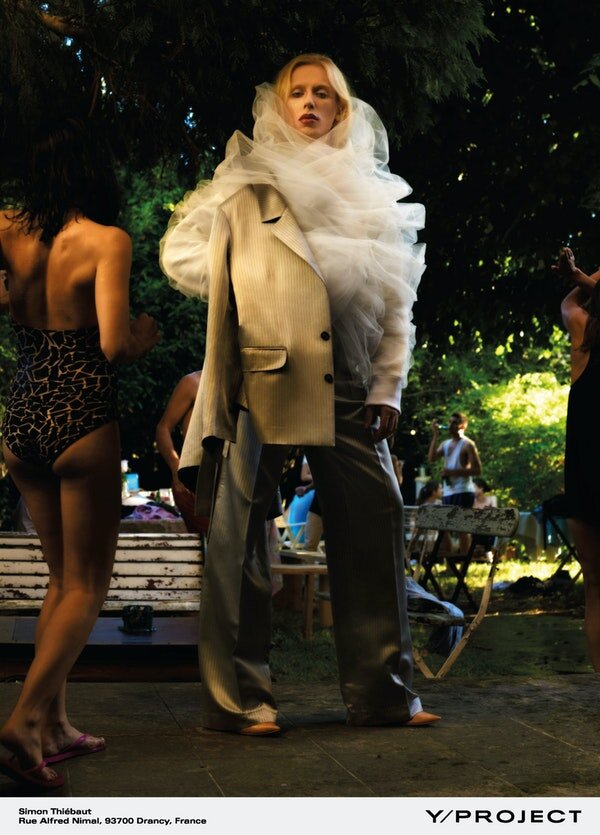












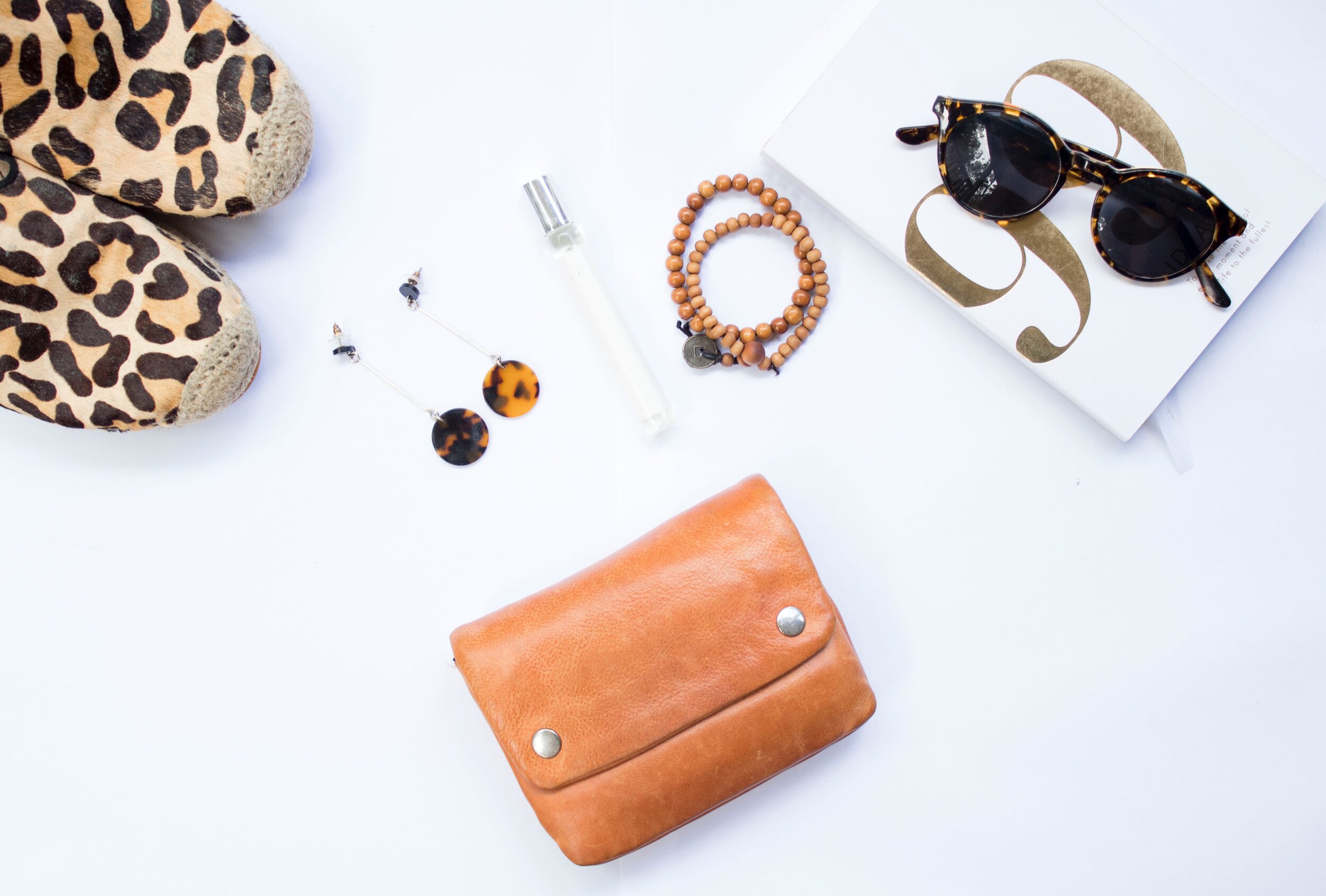


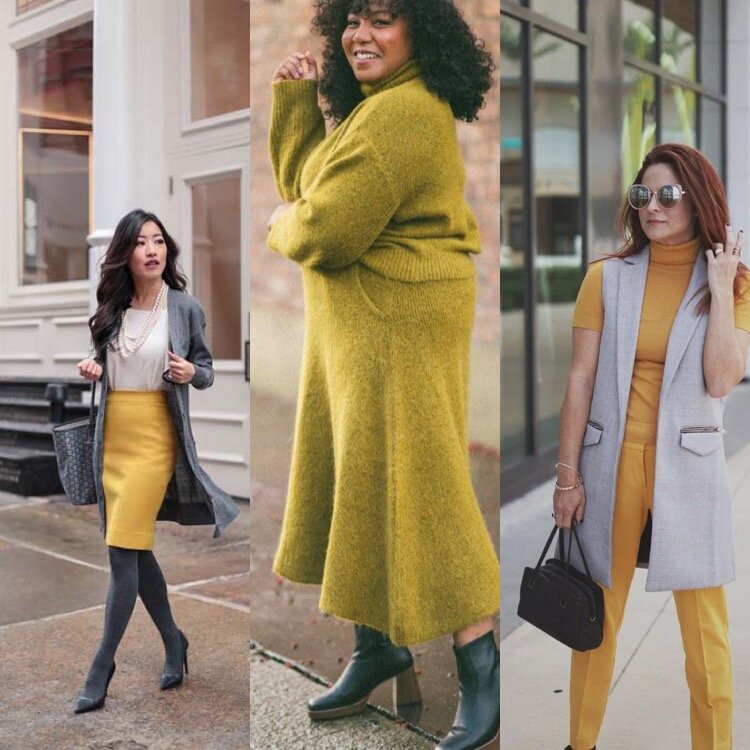





















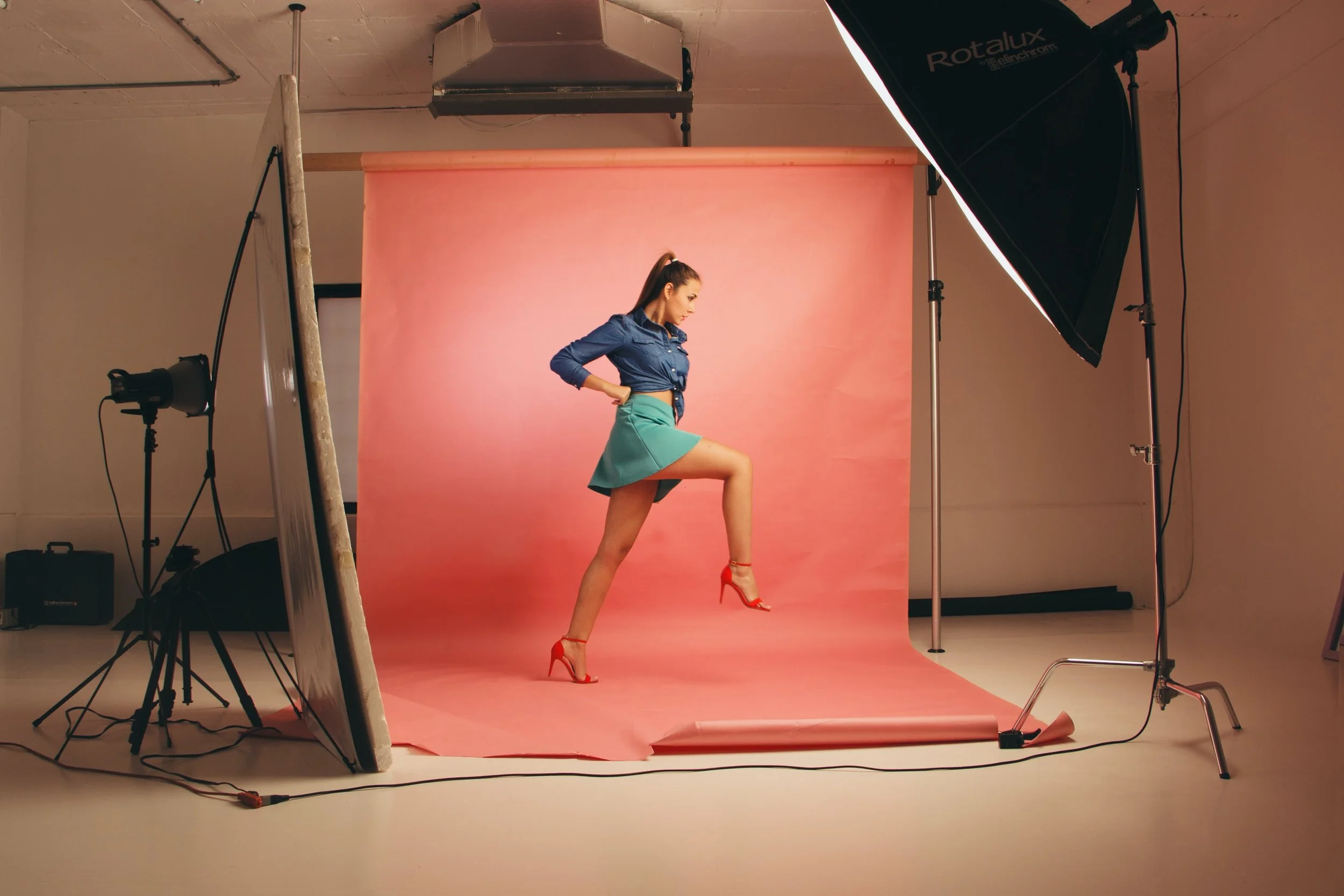



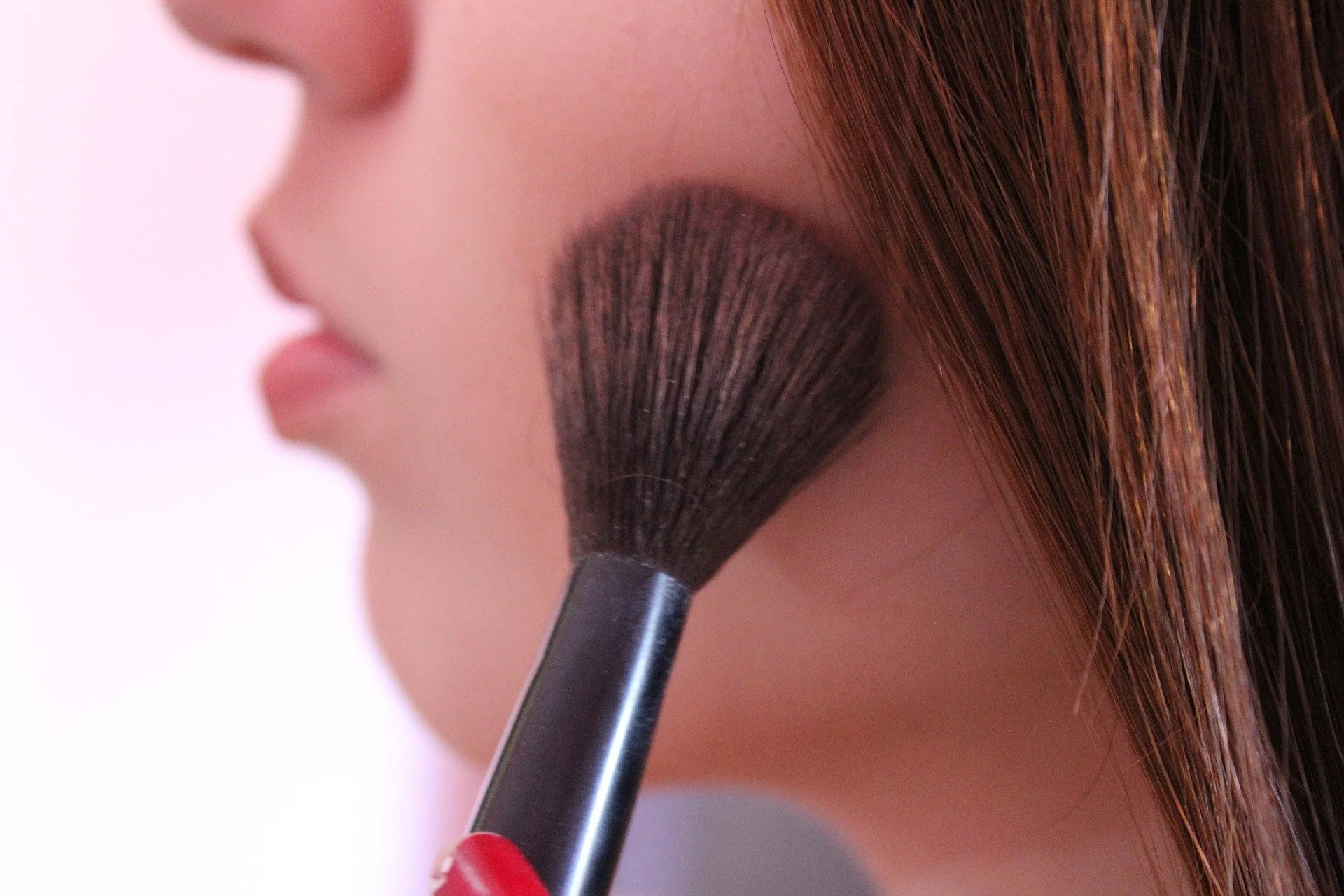

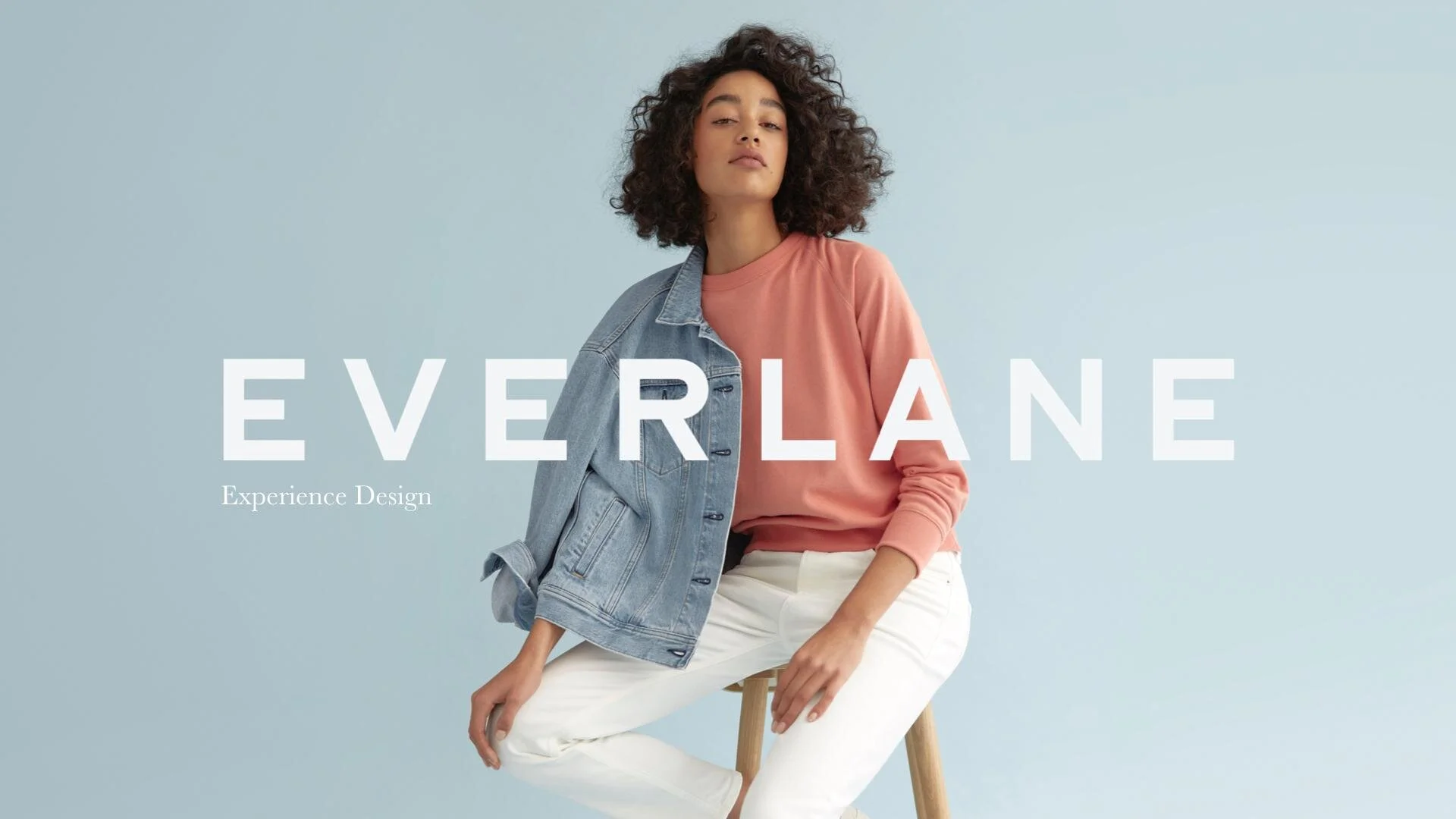

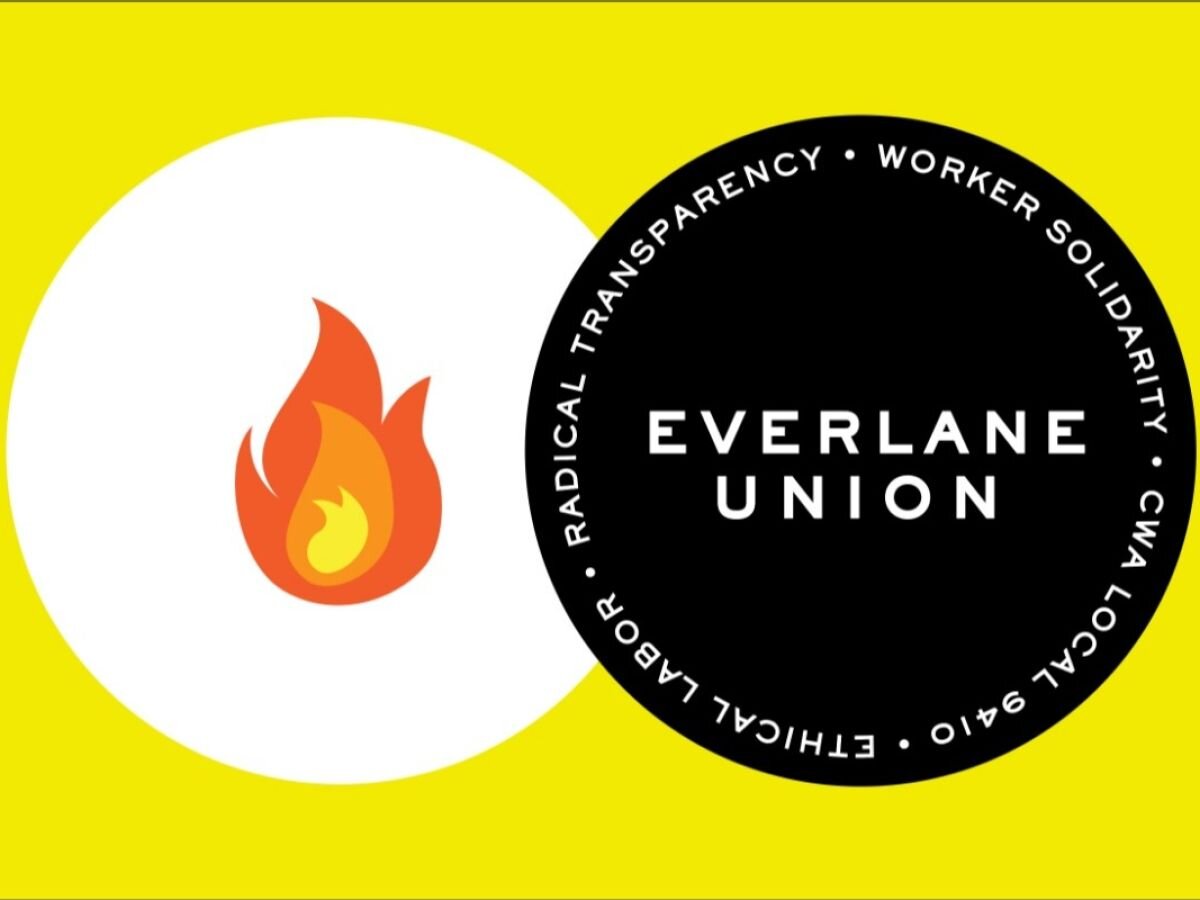



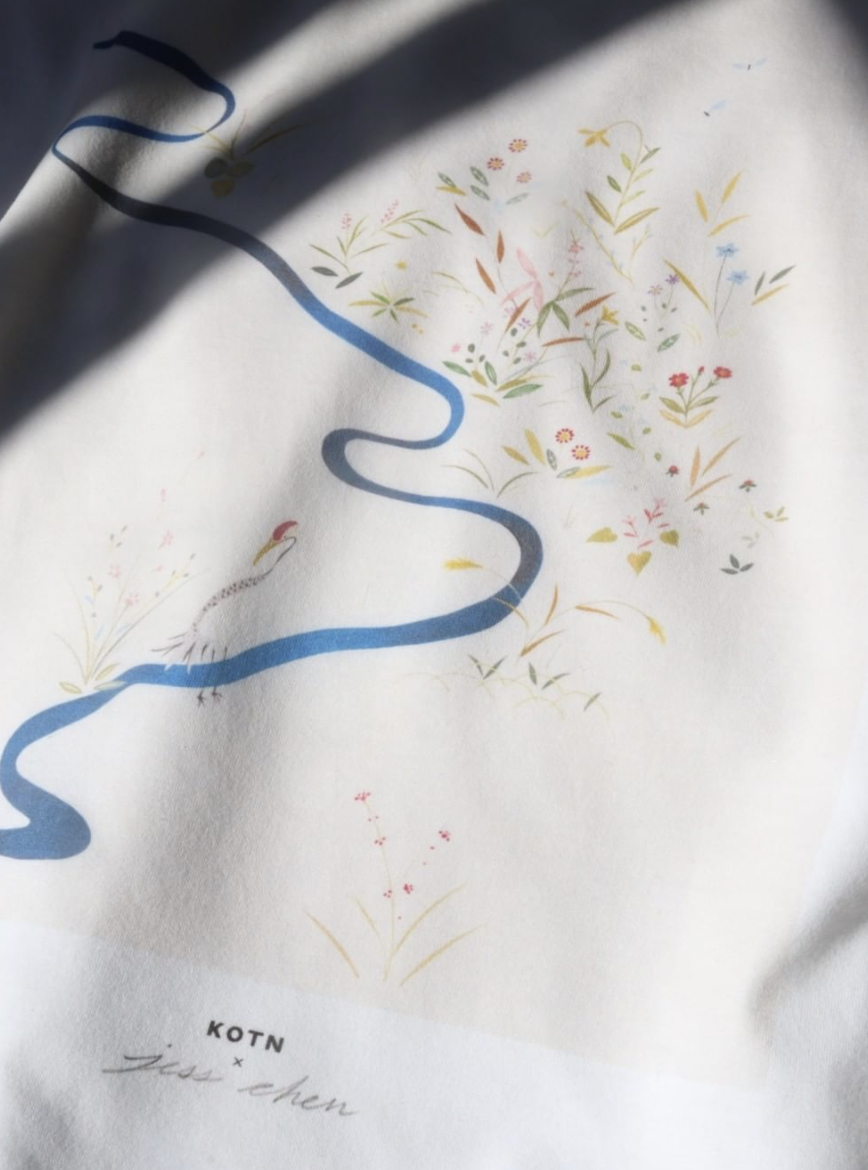



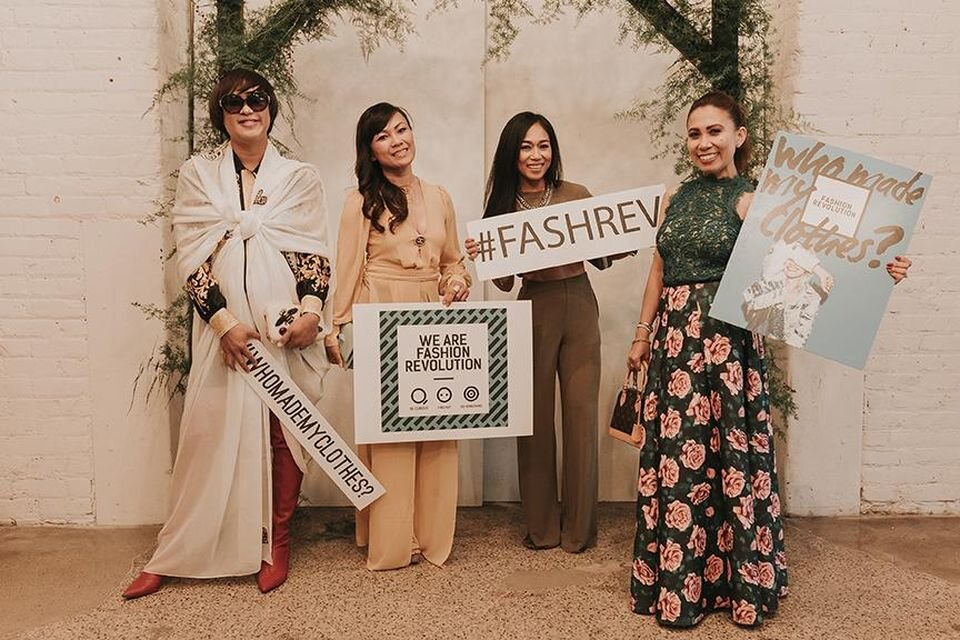
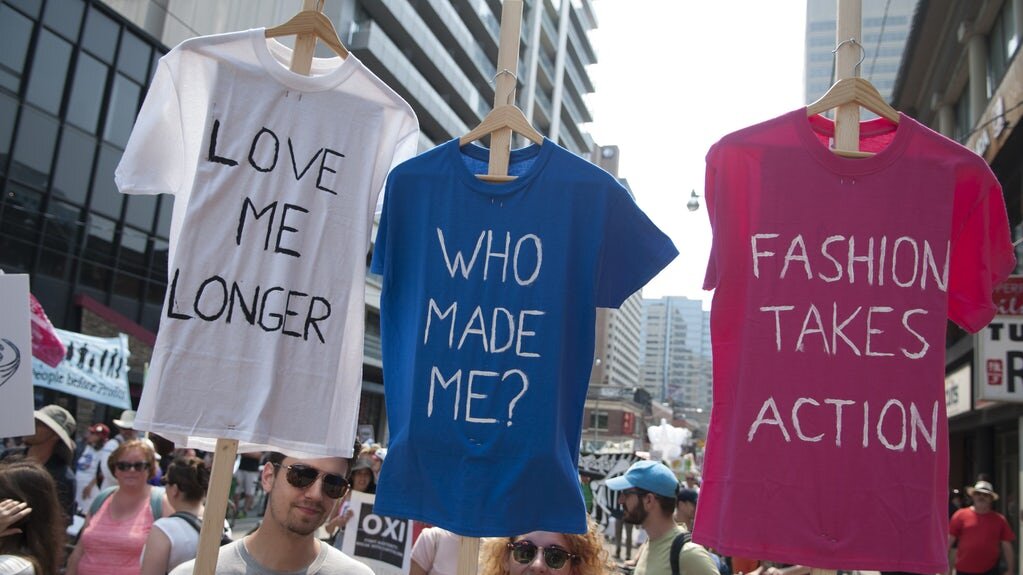
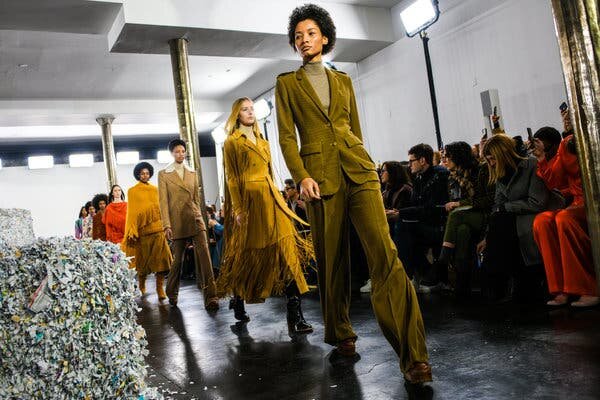
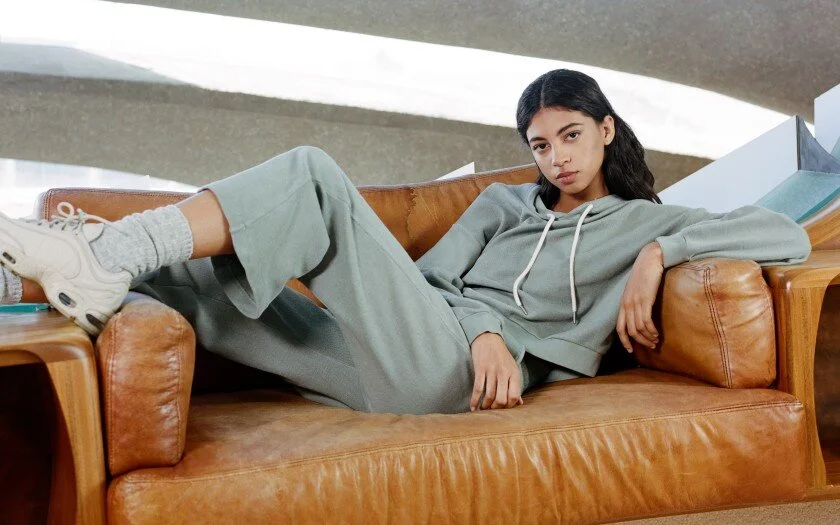


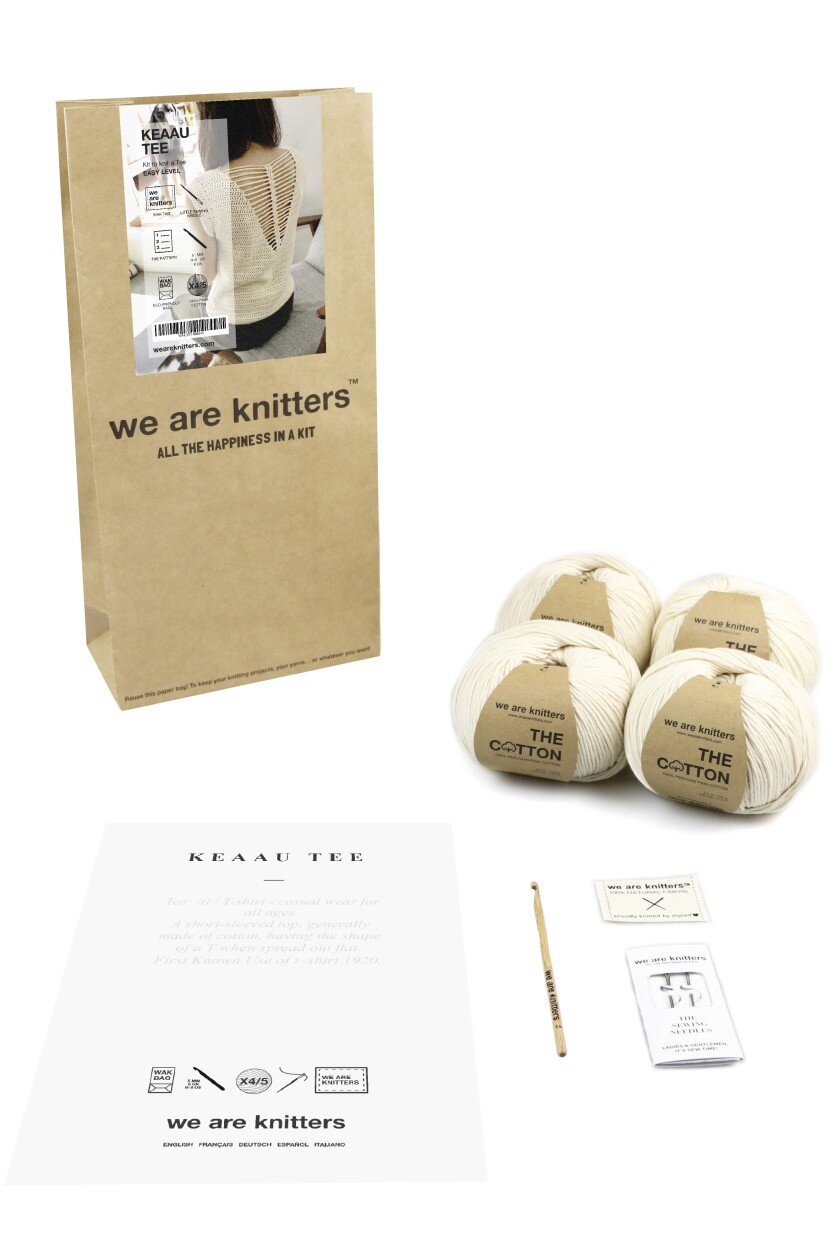















So, what do you need to know about how to choose a real estate agent, and how do you go about finding the perfect person for your property search?